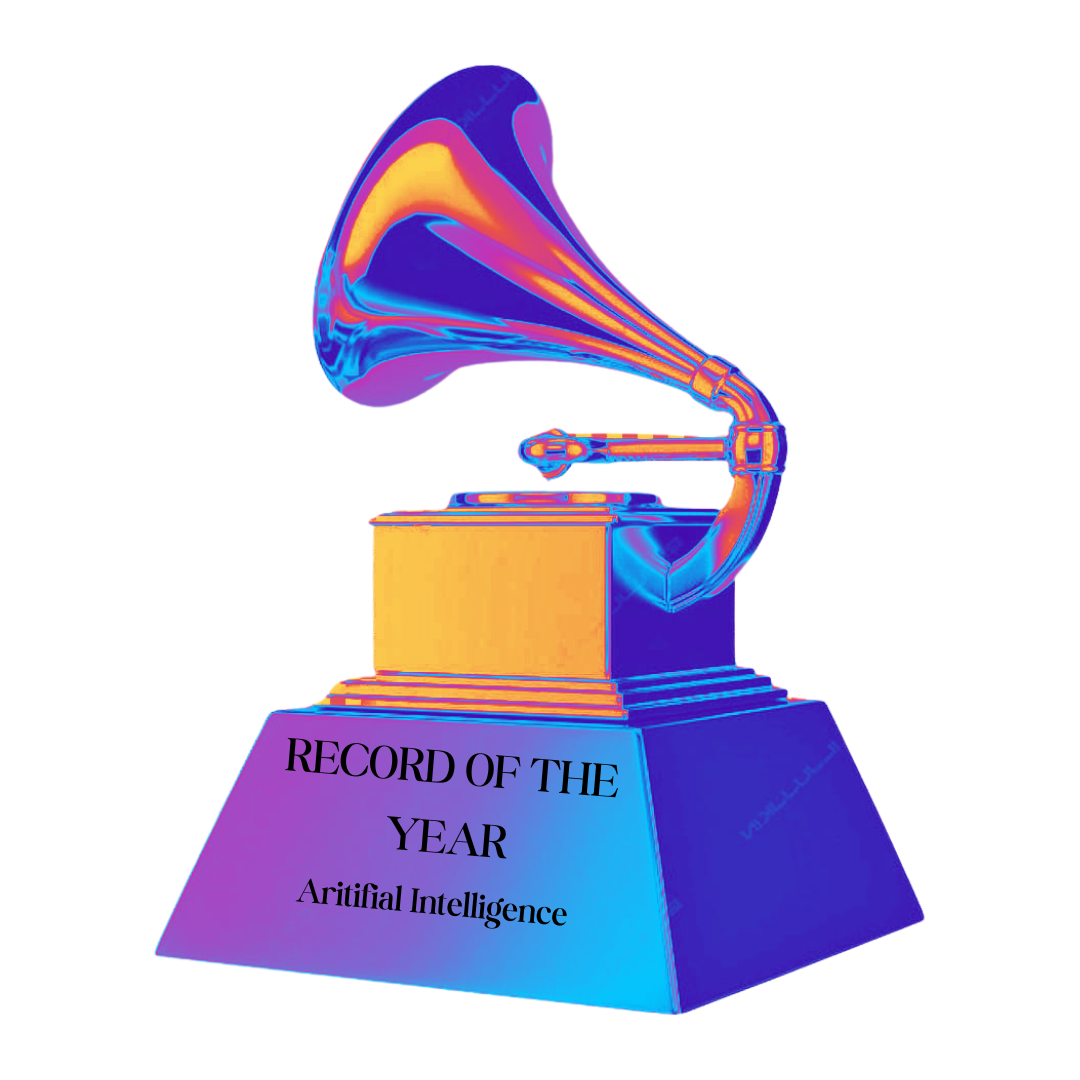By Cameron M. Bray ’16
THE ROUNDUP
“The Hobbit: The Desolation of Smaug”—Starring Martin Freeman, Ian McKellen and Richard Armitage
9 out of 10
Last year, Peter Jackson and Warner Bros. Pictures created a masterpiece known as “The Hobbit: An Unexpected Party.”
With solid pacing, thrilling action and excellent character development, “The Hobbit: An Unexpected Party” became a testament to Jackson’s skill as a directer.
So, you may be wondering, how does “The Hobbit: The Desolation of Smaug” compare to its predecessor?
Pretty well, I must say.
This is the second installment of three movies based on J.R.R. Tolkien’s “The Hobbit.”
“The Hobbit” is a prelude to “The Lord of the Rings” trilogy.
The movie starts with a flashback to Gandalf, played by Ian McKellen, and Thorin Oakenshield, played by Richard Armitage, talking in the village of Bree about the quest to retake the Lonely Mountain, the home of the dwarves.
Afterwards, we return to the present with Gandalf, Bilbo, played by Martin Freeman, and the company of dwarves being pursued by an orc pack led by Azog the Defiler, played Manu Bennett.
While being hunted ceaselessly by orcs, Bilbo and company travel onward through Mirkwood and Lake-town to the Lonely Mountain.
There, Bilbo and company plan to kill the dragon Smaug and reclaim Erebor–the homeland of the dwarves, replete with riches and gold.
Meanwhile, Gandalf, having been separated from the group, goes off to investigate Dol Guldur, a dilapidated, old fortress where a dark necromancer, Sauron, is gaining power.
We all know what becomes of Sauron in the “Lord of the Rings.”
Along the way, Bilbo and company encounter a colorful cast of characters, including Beorn the Shapeshifter, played by Mikael Persbrandt, King Thranduil of the Wood Elves, played by Lee Pace, and Bard the Bargeman, played by Luke Evans.
All of these characters and the many others do a nice job of world-building.
The wide variety of characters in the film makes Middle Earth feel vast and epic, as it rightly should be.
The environments in the film are also successful in doing this.
Each set-piece feels tremendously different from the last.
For example, Beorn’s house feels quite rustic and simple, while Mirkwood Forest feels dark, malevolent and terrible.
Moreover, the environments are bewitchingly beautiful.
I cannot stress that statement enough.
Besides environments, “The Hobbit: The Desolation of Smaug” boasts mind-blowing, fast-paced exhilarating action.
The action sequences also successfully mix in a bit of humor. Several scenes made me laugh without anyone speaking, a difficult move for any film to pull off.
These small larks add some levity to the whole affair, which make the film feel less dark and more light-hearted like the novel.
The movie does lack in its characterization and character-building.
In the first film, Bilbo had a great deal of personality, which he seems to be lacking in this film.
Characterized as slightly cowardly, somewhat cheeky, but adventurous nonetheless, Bilbo had a successful arc in the first movie, as he shed the remains of his former self and became a stalwart hero.
In “The Hobbit: The Desolation of Smaug,” Bilbo remains what he became in the last film: stalwart, brave, etc.
There are a few scenes where Bilbo is well-characterized as a ever-loyal follower of the dwarves’s quest.
However, these scenes occur too rarely and tend to derail the pacing.
Still, the rest of the film is so spectacular that I’m willing to forgive a lot of flaws.
Overall, “The Hobbit: The Desolation of Smaug” by no way surpasses the first, but it serves as an excellent second installment to an outstanding series.
For its stellar action, magnificent environments, excellent world-building, but somewhat weak character development, “The Hobbit: The Desolation of Smaug” receives a 9 out of 10.
























